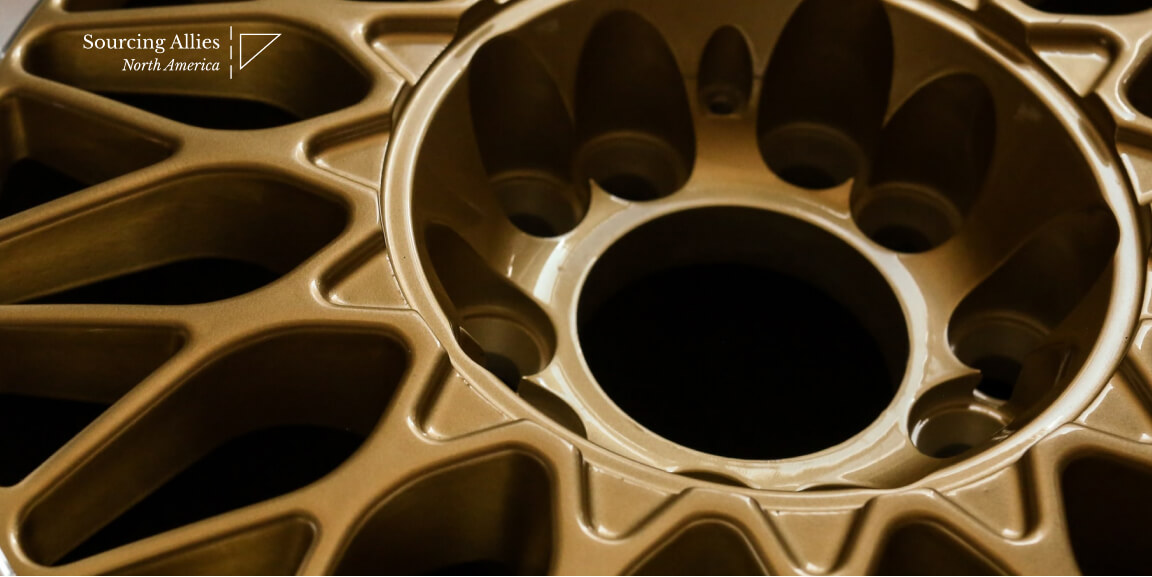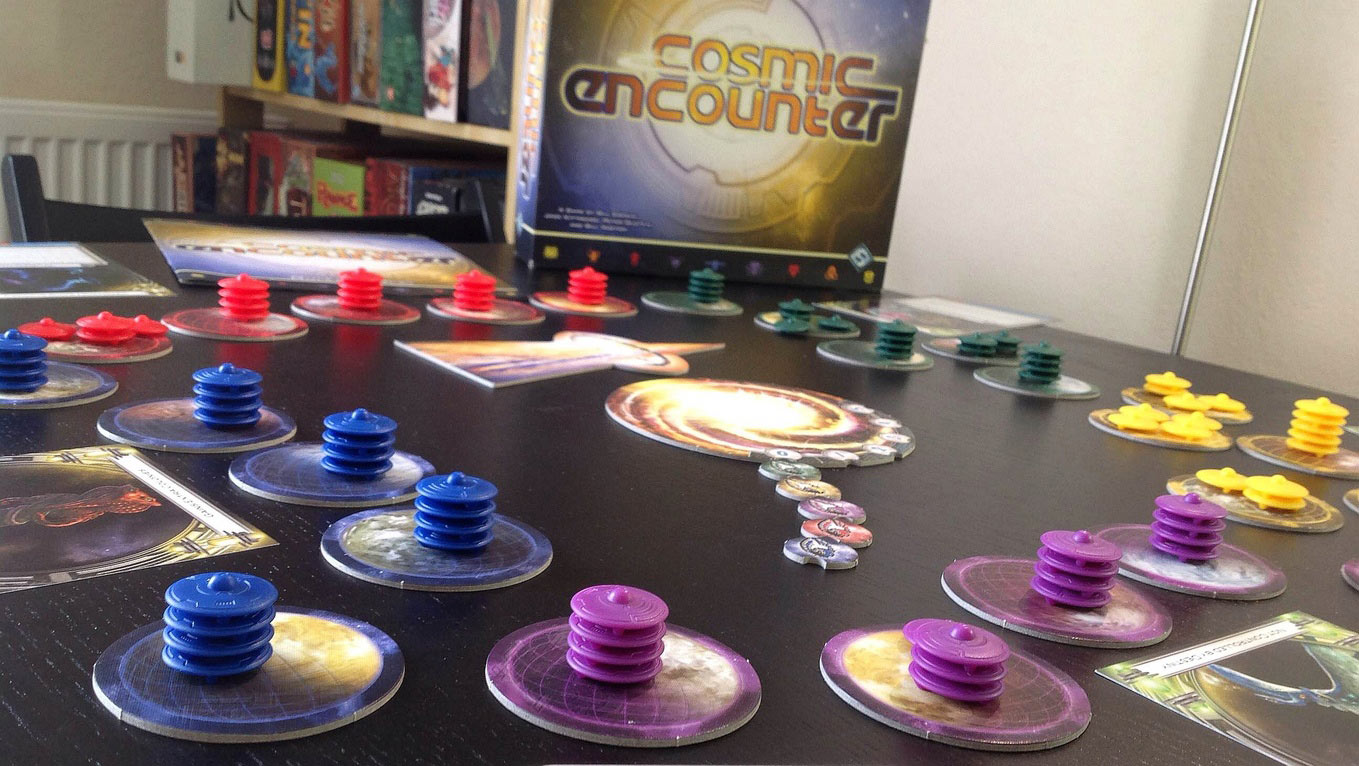
Web design is a crucial aspect of building a successful online presence. It encompasses various disciplines and skills required to produce and maintain websites. In this article, we’ll delve into the intricacies of web design, its importance, different types, and the tools and techniques used in the process.
Define Web Design
Web design refers to the process of creating websites. It encompasses several different aspects, including webpage layout, content production, and graphic design.
Relevance and Importance
In today’s digital age, a well-designed website is essential for any business or individual looking to establish an online presence. A professionally designed website not only attracts visitors but also keeps them engaged and encourages them to take action.
Types and Categories of Web Design
Web design can be broadly categorized into several types, each serving a different purpose and audience.
Static Websites
Static websites are simple websites that are built using only HTML and CSS. They are easy to create and cost-effective, making them ideal for small businesses or individuals looking to establish a basic online presence.
Dynamic Websites
Dynamic websites are more complex and interactive than static websites. They are built using server-side scripting languages such as PHP or ASP.NET and often include features such as content management systems, e-commerce functionality, and user authentication.
Responsive Websites
Responsive websites are designed to adapt to the screen size of the device being used to view them. This ensures that the website looks and functions correctly on desktops, laptops, tablets, and smartphones.
Symptoms and Signs of Poor Web Design
A poorly designed website can have several negative consequences, including:
High Bounce Rate
If visitors have trouble navigating your website or finding the information they’re looking for, they’re likely to leave and look elsewhere.
Low Conversion Rates
A website that is not well-designed may fail to convert visitors into customers or leads.
Poor Search Engine Rankings
Search engines like Google prioritize websites that are well-designed and user-friendly. A poorly designed website may rank lower in search engine results, making it harder for potential customers to find you.
Causes and Risk Factors of Poor Web Design
Several factors can contribute to poor web design, including:
Lack of Planning
A poorly designed website is often the result of a lack of planning and foresight.
Inadequate Content
Content is king when it comes to web design. A website that lacks high-quality, engaging content is unlikely to attract and retain visitors.
Outdated Design Elements
Web design trends are constantly evolving, and what may have looked cutting-edge a few years ago may now appear outdated and unprofessional.
Diagnosis and Tests for Web Design Issues
Diagnosing and fixing web design issues requires a thorough understanding of the problem and the tools and techniques available to address it.
Usability Testing
Usability testing involves observing real users as they interact with your website to identify any issues or pain points.
Performance Testing
Performance testing involves evaluating your website’s speed and responsiveness to ensure that it loads quickly and performs well on all devices.
Accessibility Testing
Accessibility testing involves ensuring that your website is accessible to all users, including those with disabilities.
Treatment Options for Poor Web Design
Once the issues with your website have been diagnosed, there are several treatment options available to address them.
Redesigning Your Website
In some cases, a complete redesign of your website may be necessary to address usability, performance, and accessibility issues.
Updating Content
Updating your website’s content can help improve its usability and relevance to your target audience.
Optimizing for Search Engines
Optimizing your website for search engines can help improve its visibility and rankings in search engine results.
Preventive Measures for Maintaining Good Web Design
Preventing issues with your website’s design requires ongoing maintenance and vigilance.
Regular Updates and Maintenance
Regularly updating and maintaining your website is essential to ensure that it remains secure, functional, and user-friendly.
Keeping Up with Trends
Staying abreast of the latest web design trends and best practices is essential to ensure that your website remains modern and relevant.
Monitoring Performance
Monitoring your website’s performance and user feedback can help identify and address any issues before they become serious problems.
Personal Stories and Case Studies
Real-life examples can help illustrate the importance of good web design and the impact it can have on a business or individual.
Case Study: Company X
Company X’s website was outdated and difficult to navigate, resulting in high bounce rates and low conversion rates.
Case Study: Individual Y
Individual Y’s website was not optimized for search engines, making it difficult for potential customers to find them online.
Expert Insights on Web Design
Quote from John Doe, Web Designer
“Good web design is not just about making a website look pretty; it’s about creating a positive user experience that encourages visitors to take action.”
Quote from Jane Smith, UX Designer
“User experience is key to a successful website. It’s important to design with the user in mind and make it as easy as possible for them to find what they’re looking for.”
Conclusion
In conclusion, web design is a crucial aspect of building a successful online presence. By following best practices and staying abreast of the latest trends and technologies, you can create a website that attracts visitors, keeps them engaged, and encourages them to take action.








